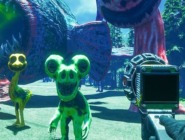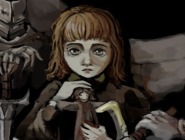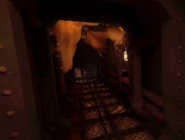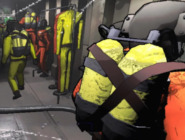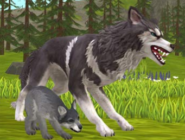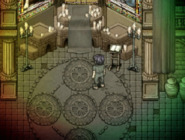Radiolight
Advertisement
Advertisement
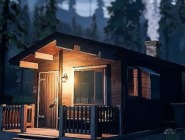
Radiolight is an interactive exploration game where the player relies on sound and illumination to move through an unknown environment. The world is filled with signals, frequencies, and static noise that must be decoded using a scanning device. Rather than offering direct paths or objectives, the game presents information through changes in light intensity and audio distortion. Each action influences the surrounding space, revealing hidden structures and fragments of information. The gameplay is centered on perception and rhythm, making progress depend on interpretation rather than direct instruction.
Gameplay Concept
In Radiolight, the main tool is a frequency detector combined with a light projector. Players must adjust wavelengths and light patterns to uncover objects and trace signals buried in interference. Every sound carries meaning, and small shifts in tone or brightness reveal new directions. The game uses no traditional interface, forcing players to listen and watch for environmental feedback. Exploration is open, and each area reacts differently to the player’s scanning method. The process of tuning frequencies becomes both a navigation mechanic and a narrative device.
Main Features
Radiolight builds its system around several interconnected gameplay functions:
- Frequency tuning used to uncover hidden elements and pathways
- Light projection that interacts with materials to show shapes and outlines
- Environmental resonance that changes depending on movement and proximity
- Nonlinear exploration allowing the player to discover areas in multiple sequences
These features combine to form an experience defined by awareness and patience. Instead of collecting items or solving puzzles, players learn to identify how the world communicates through audio and light feedback. Each signal uncovered contributes to an expanding picture of the world’s structure and history.
Exploration And Progress
The environments in Radiolight are designed as acoustic and visual networks. Certain regions produce strong interference, requiring precise adjustment of the scanning tool. Others remain silent until approached at a specific angle. Each signal fragment represents a small portion of the story, pieced together as the player reconstructs lost transmissions. Light intensity and tone frequency serve as indicators of progress, transforming abstract feedback into navigation cues.
Radiolight replaces conventional objectives with observation-based play. Its focus on interpreting sound and light turns exploration into analysis, allowing players to build understanding through attention and repetition. By reducing visual clutter and removing explicit guidance, it creates a meditative, structured experience that rewards focus and perception.
Related games
Comments

